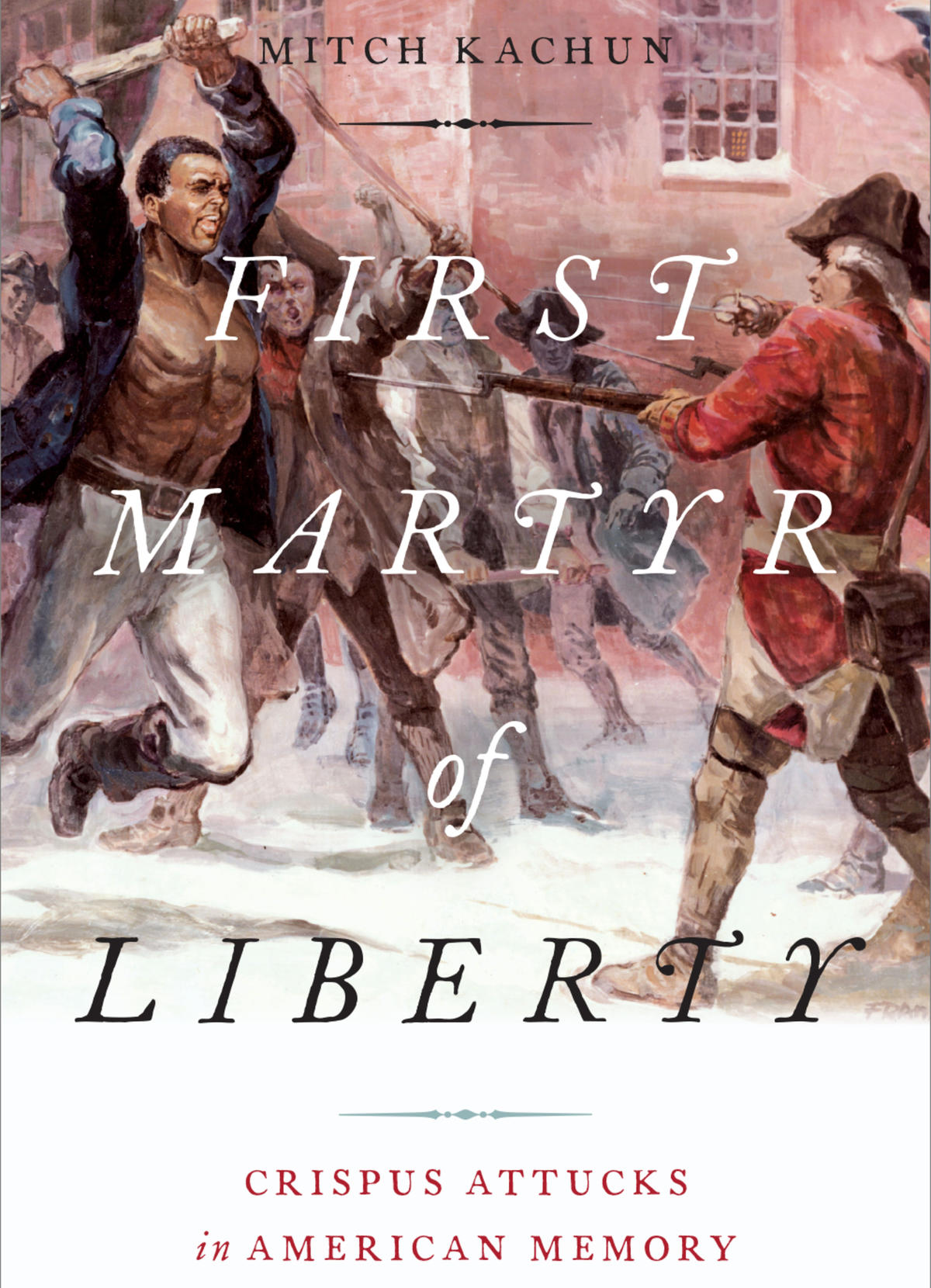Coloring History and Mixing Race in Levina Urbino’s ‘Sunshine in the Palace and Cottage’ and Louise Heaven’s ‘In Bonds’
Legacy: A Journal of American Women Writers
Volume 24, Number 2 (2007)
E-ISSN: 1534-0643, Print ISSN: 0748-4321
DOI: 10.1353/leg.2007.0018
Eric Gardner, Professor of English
Saginaw Valley State University, Michigan
While the figure of the “tragic mulatta” is writ large in American literature and literary criticism, this essay shares a recognition most recently advanced by William L. Andrews and Mitch Kachun: “What is remarkable though not always acknowledged . . . is the fact that the majority of beautiful mulattas in American novels before 1865 . . . do not end up unfulfilled” (xliii). Andrews and Kachun note that Metta Victoria Victor’s Maum Guinea, H. L. [Hezekiah Lord] Hosmer’s Adela [The Octooon], John T. Trowbridge’s Neighbor Jackwood, [Thomas] Mayne Reid’s The Quadroon, and E. D. E. N. Southworth’s Retribution feature mixed-race female characters who, though they “must endure a stint in slavery and withstand intimidation by lascivious slave owners and brutal overseers,” “more often than not . . . eventually encounter a northerner or a European on whose love they can rely” (lxv, n. 45; xliii). While it is still too early to make judgments about “the majority”-especially given that Andrews and Kachun’s own work illustrates that we need to be hesitant about assuming any “complete sets”-this essay shares the sense that mixed-race characters who are not “tragic mulattas” have been absent from our discussions for too long.
This absence is complicated by the disproportionately larger presence in our scholarship of archetypal examples of the tragic mulatta type in works such as Lydia Maria Child’s “The Quadroons,” William Wells Brown’s Clotel, and Elizabeth Livermore’s Zoë, even though these works were neither more popular nor exceedingly better than some of the novels noted by Andrews and Kachun. The reasons for this imbalance are complex and beyond the scope of this essay; it may come in part from Child’s early imprint on a vast amount of antislavery literature (including Brown’s story) and in part from the limited senses of racial definition that have dominated much contemporary scholarship. Regardless, the dominance of the figure of the tragic mulatta in our scholarship has limited our consideration of race and racial identity. This imbalance seems to me, for example, to be partially to blame for Lauren Berlant’s dismissal of the full range of types of political efficacy available to mixed-race characters-a formation scholars such as P. Gabrielle Foreman have challenged when applied to Black women’s texts. It has also, among other gaps, led many of us to locate the first real resistance to the figure of the tragic mulatta in works such as Child’s Reconstruction-era Romance of the Republic and Frances Ellen Watkins Harper’s Iola Leroy.
This essay thus begins by acknowledging that there were several early examples of a discourse of mixed-race heroines running counter to the figure of the tragic mulatta-one in which the mixed-race heroine not only avoids a tragic end but actually embraces her genealogy, uses her visual racial indeterminacy to aid nation-building and self-empowerment, and finds fulfillment in a multi-racial family housed within the larger Black community. Specifically, I examine two previously unknown mixed-race heroines who are ultimately far from tragic-indeed, who seem almost consciously constructed as revisions to the tragic mulatta type. This essay argues that, in different ways, the protagonists of both Levina B. Urbino’s Sunshine in the Palace and Cottage (1854) and Louise Palmer Heaven’s In Bonds (published in 1867 under the pseudonym Laura Preston) explode many of the expectations of the tragic mulatta type. Through this work, I hope to begin to re-imagine the contours of our sense of the mixed-race female character (tragic mulatta and otherwise) in American literature.
I focus on a pair of now unknown novels by now relatively unknown authors for a set of reasons. Both were popular in their day: Sunshine went through four editions (under different titles) in six years, and In Bonds, published in both San Francisco and New York, seems to have launched a successful if spotty career. Both have publication circumstances of interest to students of race: the publisher of Sunshine’s fourth edition (which carried the entirely new title The Home Angel) was Thayer and Eldridge, who also contracted to publish Harriet Jacobs’s Incidents in the Life of a Slave Girl before bankruptcy forestalled their doing so; the publisher of In Bonds founded the Overland Monthly and was a colleague of Mark Twain (who would, of course, write works key to considerations of race in American literature). Indeed, both books demonstrate a rich awareness of the literary discourses of race and race-mixing swirling around them. Though evidence about their composition is lacking, Sunshine repeatedly invokes and rewrites the language of the tragic mulatta figure, while In Bonds actually makes specific reference to Uncle Tom’s Cabin as part of the driving force in the novel’s plot (128-29). Though both novels and both authors are absent from contemporary critical work, Sunshine and In Bonds offer fascinating counterpoints to the dominant sense of the figure of the tragic mulatta and presage works that critics have treated as more revolutionary, such as Child’s Romance of the Republic and Harper’s Iola Leroy. Indeed, both Sunshine and (albeit a bit less so) In Bonds suggest that a mixed-race heroine who overcomes potential tragedy is central to America’s future…
